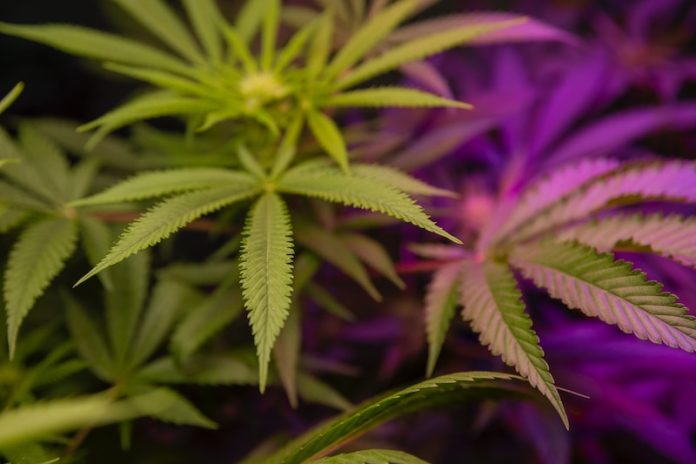
In straightforward terms, a recent study by researchers from the Institute of Psychiatry, Psychology & Neuroscience (IoPPN) at King’s College London and the University of Oxford dove into understanding how the main ingredient in cannabis, THC (delta-9-tetrahydrocannabinol), impacts our attention and might play a role in developing cannabis use disorder (CUD).
For clarity, CUD is a condition where an individual’s use of cannabis can reach a point where it becomes a significant concern, impacting their day-to-day life.
The research conducted involved 46 people who use cannabis infrequently (less than once a week).
Across four sessions, they inhaled a cannabis vapor containing a measured amount of THC and varying levels of another component, CBD (cannabidiol).
The participants were then tasked with choosing between different images, some related to cannabis and others neutral or related to food, to see where their attention was drawn.
The key observation? THC made participants more attentive to cannabis-related images even without an explicit increase in their liking for it.
Debunking the Beliefs about CBD
CBD, another major component of cannabis, often gets attention for its perceived ability to modulate or perhaps counteract some effects of THC.
Some cannabis users believe that CBD can influence the effects of THC, but the study reveals a different story.
Despite trying varying levels of CBD along with THC in the vapor inhaled by participants, researchers observed that typical levels of CBD did not alter the effects of THC.
It’s noteworthy that while higher doses of CBD (400mg–800mg) have previously been noted to reduce cannabis use in people struggling with CUD, the amounts usually found in common products showed no effect in this study.
Toward a Future of Informed Cannabis Use and Treatment
Dr. Amir Englund, one of the lead authors of the study from King’s IoPPN, highlighted that cannabis addiction doesn’t stem from a single source.
Instead, it arises from a mix of several risk factors, particularly when blended with continuous, frequent use.
He expressed, “Our study shows that people with no history of addiction display similar cognitive mechanisms we see in people who have CUD when they are intoxicated.”
The words of Professor Philip McGuire from the University of Oxford underscore an important takeaway: “While THC did not increase participants’ overall liking of cannabis, it increased their sensitivity to cannabis-related stimuli.”
This implies that even occasional exposure to THC might elevate the risk of developing a cannabis use disorder.
Understanding these subtleties of how THC can sway attention and potentially pave a pathway toward CUD, even without increasing the enjoyment of cannabis, offers a valuable insight.
It’s not just about liking or enjoying the drug more, but how it subtly shifts attention and sensitivity towards cannabis-related cues.
Moving forward, these findings invite further exploration and reflection, both for researchers and cannabis users alike, to ensure the use is informed and mindful of the potential unseen risks lurking beneath the surface.
As Dr. Dominic Oliver, also a lead author from the University of Oxford, suggests, the next steps involve diving deeper into these behaviors among diverse groups of cannabis users and exploring varied THC doses and methods of consumption.
This is essential not just for user awareness but to potentially unveil new avenues for treating and preventing cannabis use disorder in the future.
If you care about mental health, please read studies about 6 foods you can eat to improve mental health, and B vitamins could help prevent depression and anxiety.
For more information about mental health, please see recent studies about how dairy foods may influence depression risk, and results showing Omega-3 fats may help reduce depression.
The research findings can be found in Addiction.



